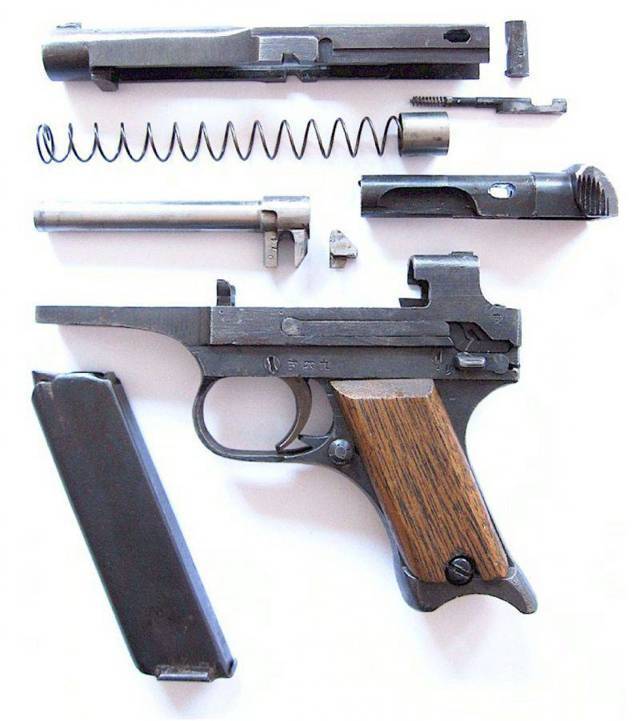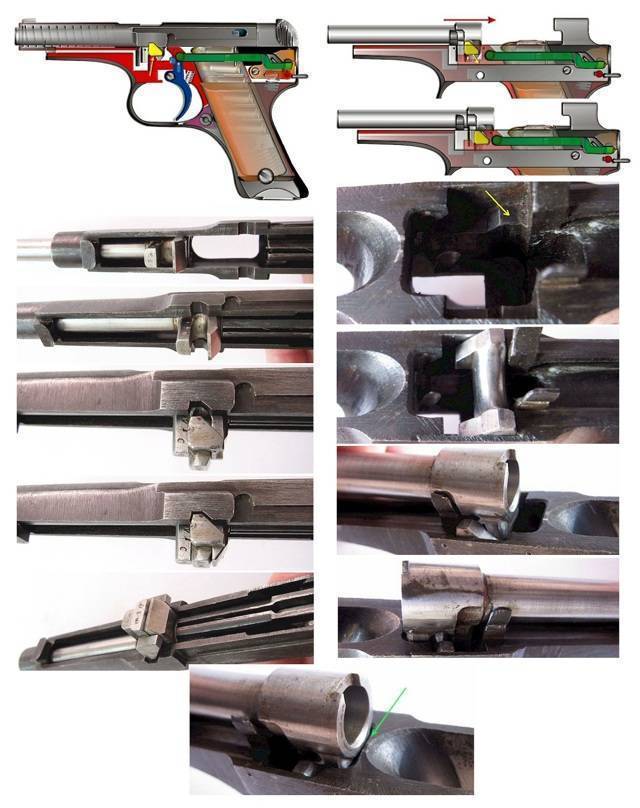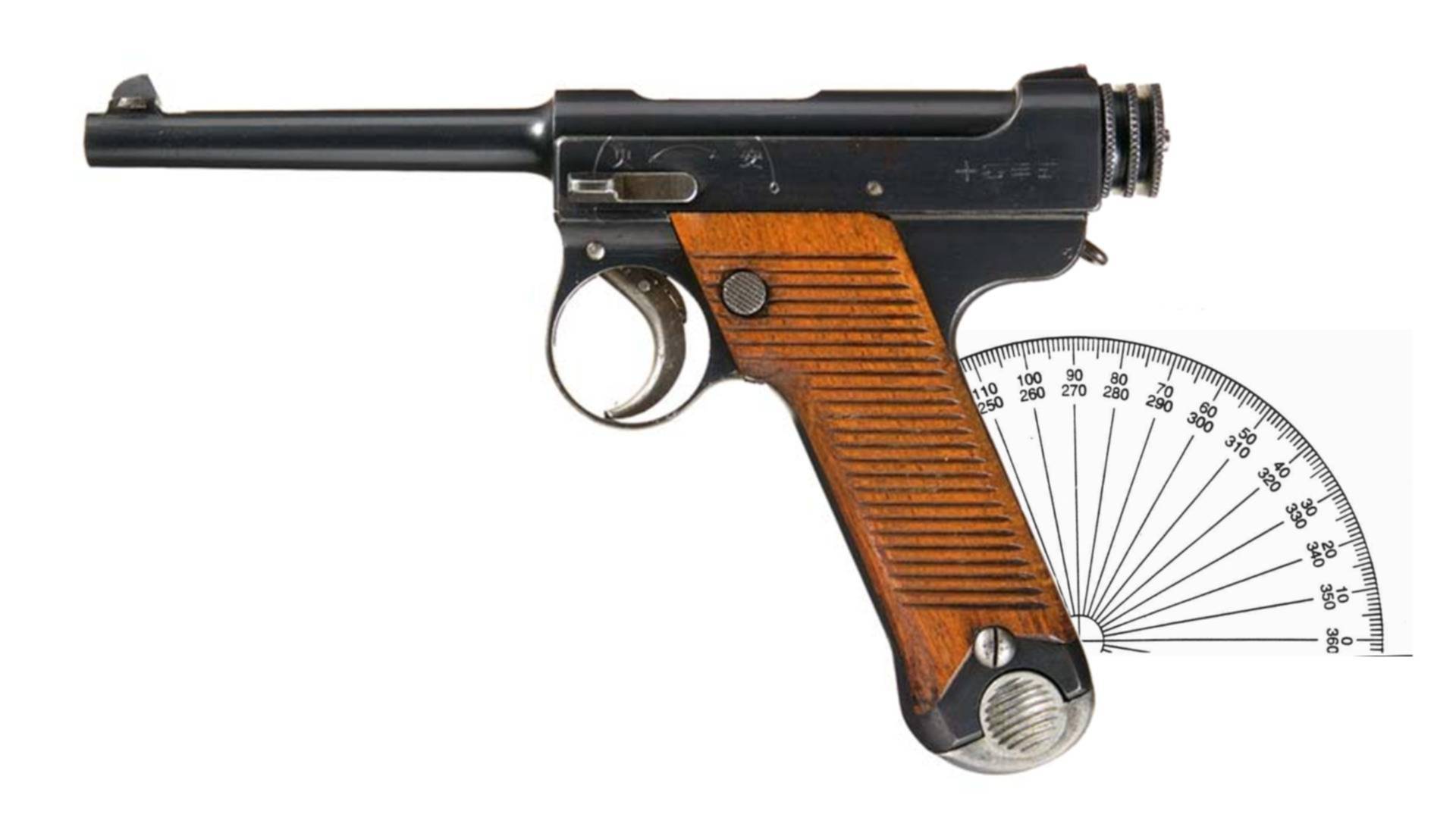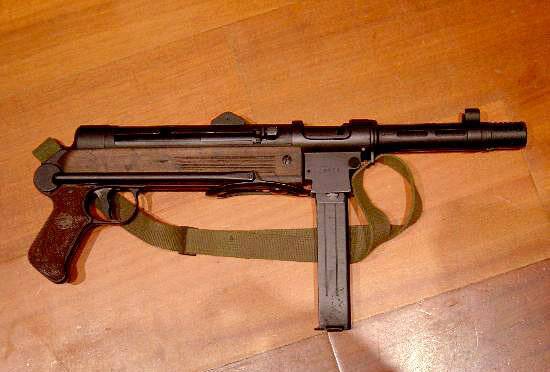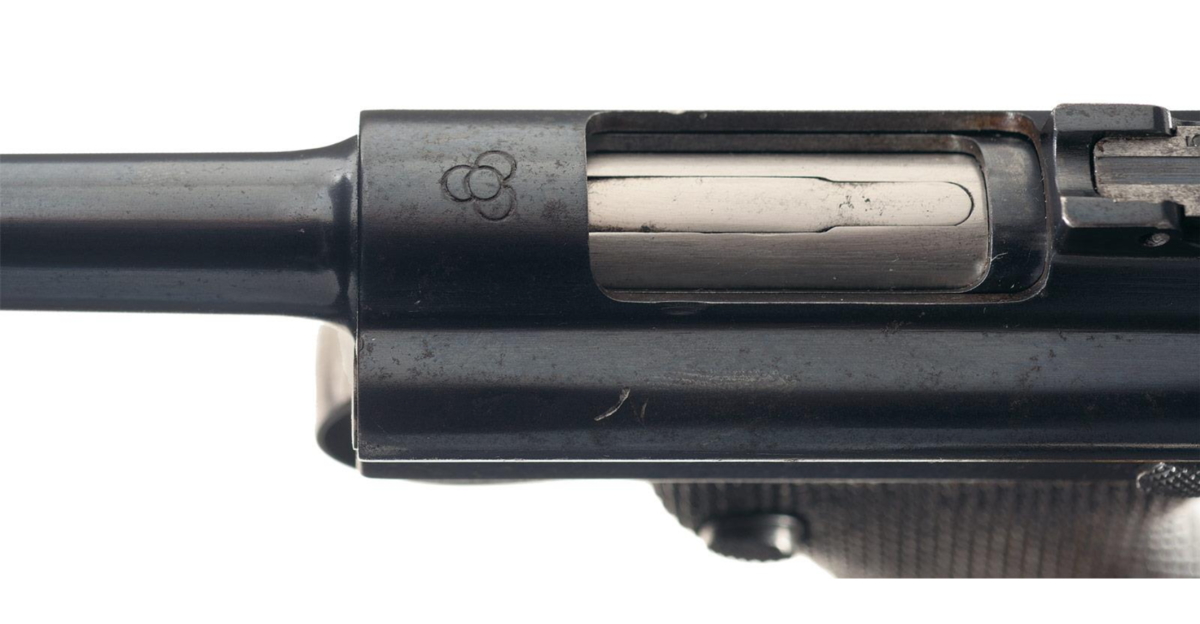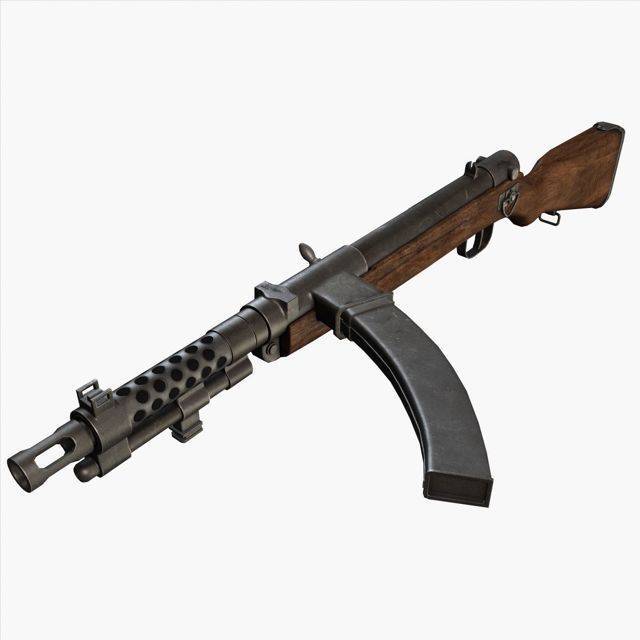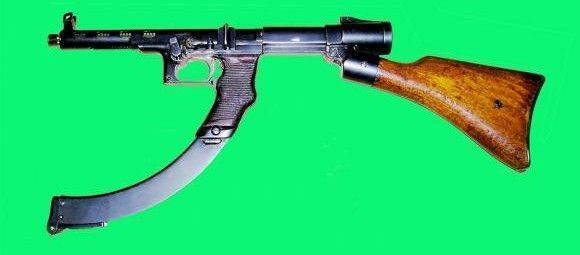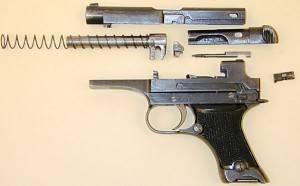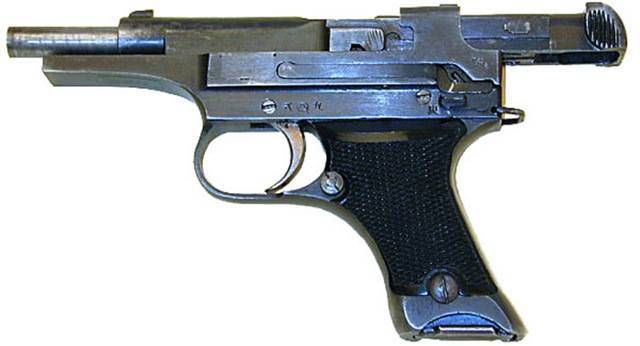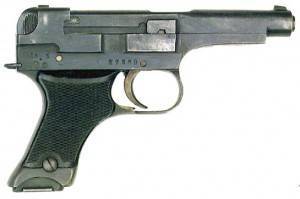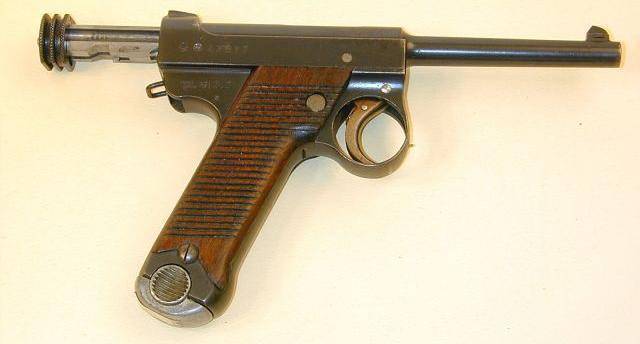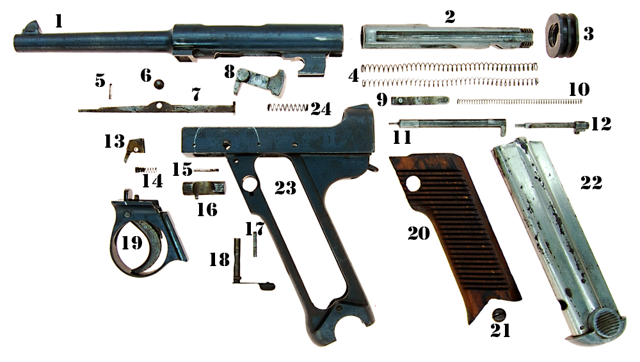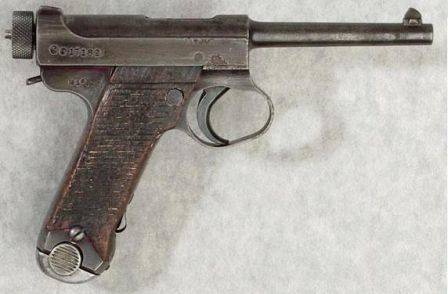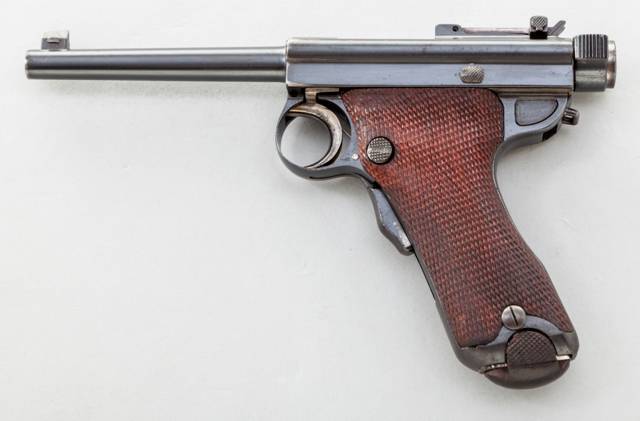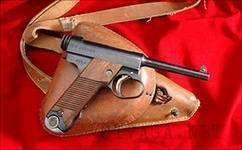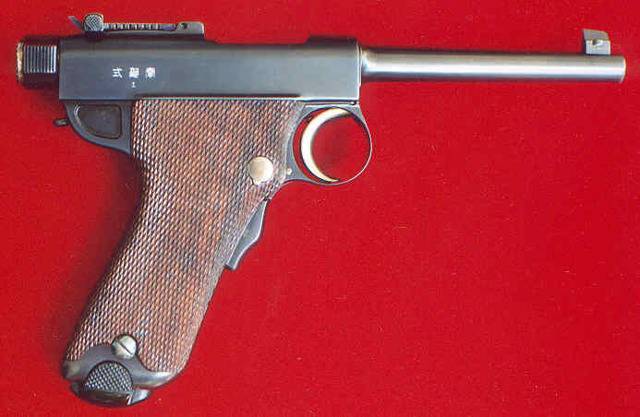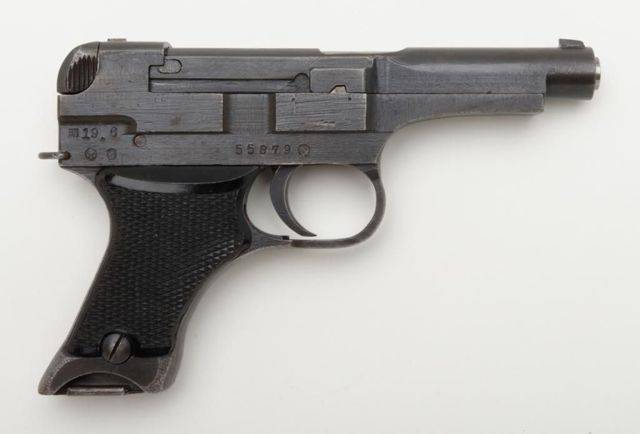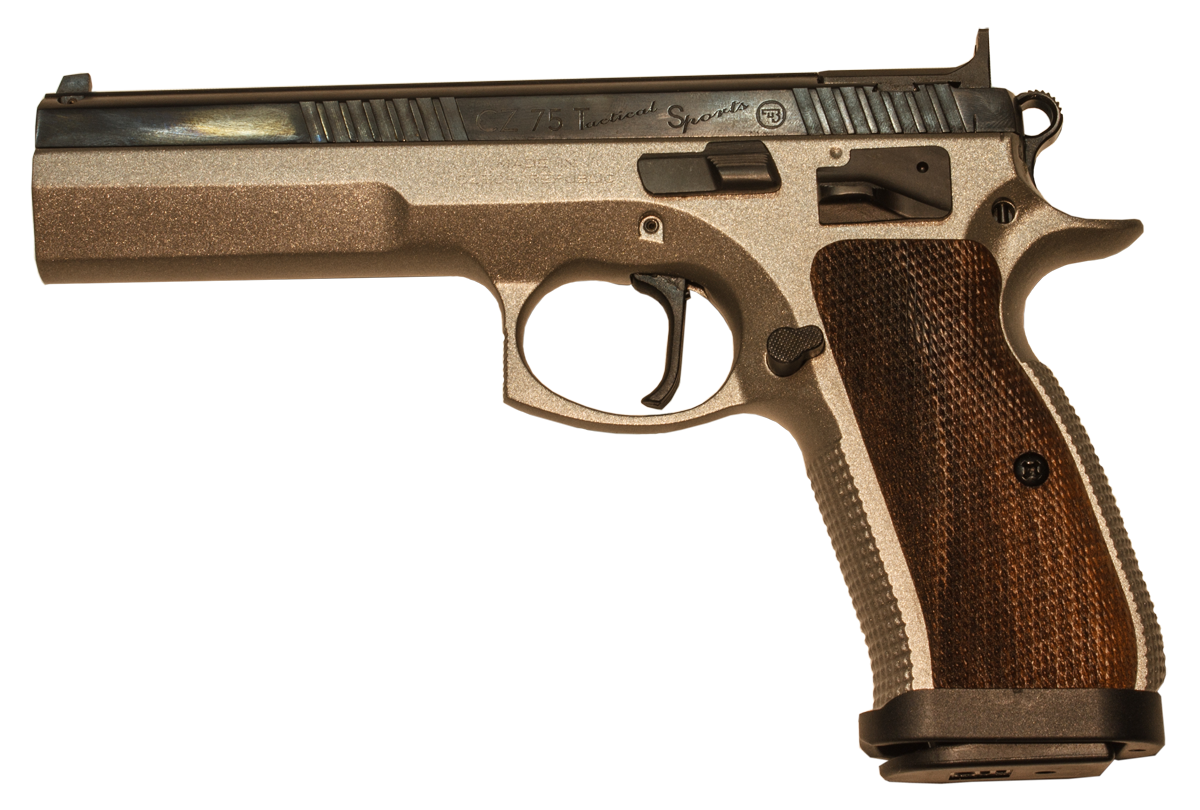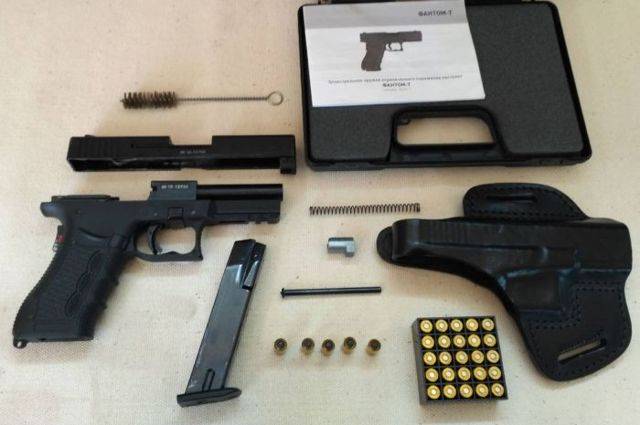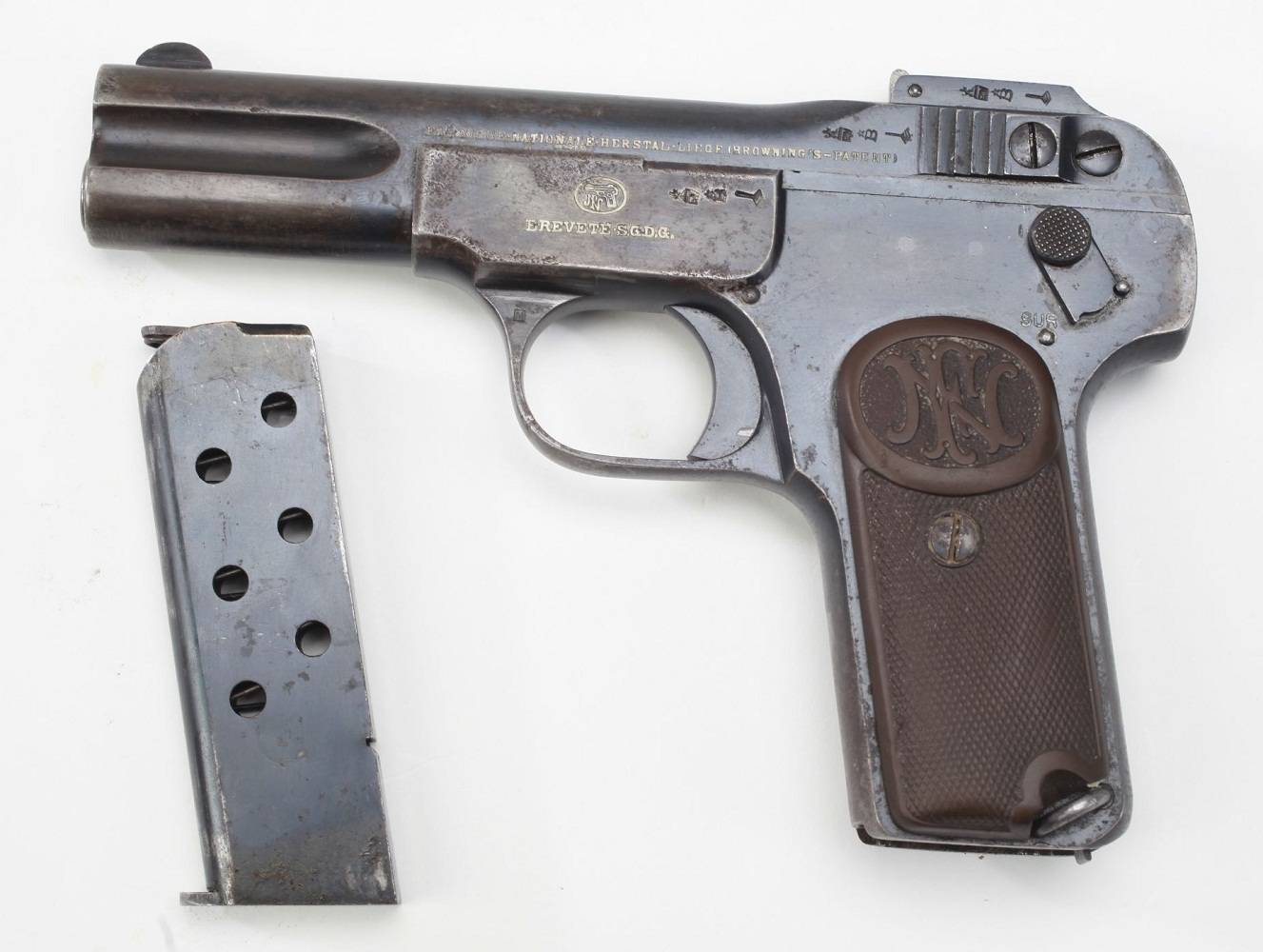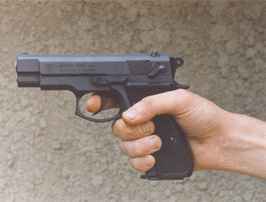Legacy
Sometime after WWII, firearms manufacturer and entrepreneur Bill Ruger acquire two Nambu pistols from a US Marine & used the Nambu’s silhouette and bolt system to successfully duplicated a prototype in his garage. In 1949, he introduced the first prototype of what would become the Ruger Standard (MK I) pistol to his affluent friend and potential financial backer Alex Sturm. When first shown the pistol, he was impressed by its sleek traditional aesthetic and its slight resemblance to the classic nostalgia-evoking German Luger P08 pistol.
Realizing that prospective buyers would share his sentiment, Sturm quickly signed on board with an initial investment of $50,000 and the two teamed up to create what was to become an iconic American firearms manufacturing company, Sturm, Ruger & Co..
The Standard (MK I) model (produced from 1949-1982) and its counterparts: the MK II (1982-2005), MK III (2005-2016) & MK IV (2016-present) went on to become the most accepted and successful .22-caliber semi-automatic pistols ever produced.
Notes
- ^ Hogg, Ian, Pistols of the World 4th Edition (2004) p. 191.
- ^ McNab, Chris, The Great Book of Guns (2004) p. 124
- ^ Hogg, Ian, Pistols of the World 4th Edition (2004) p. 232.
- ^ Skennerton, Ian, Japanese Service Pistols Handbook (2008) p. 23
- ^ Hogg, Ian, Military Small Arms of the 20th Century 7th Edition (2000) p. 67.
- ^ Skennerton, Ian, Japanese Service Pistols Handbook (2008) p. 8
- Skennerton, Ian, Japanese Service Pistols Handbook (2008) p. 9.
- ^ Hogg, Ian, Military Small Arms of the 20th Century 7th Edition (2000) p. 66
- ^ Skennerton, Ian, Japanese Service Pistols Handbook (2008) p. 11.
- ^ Kinard, Jeff. Pistols: an illustrated history of their impact, p. 245, ABC-CLIO, Inc. 2003.
- Skennerton, Ian, Japanese Service Pistols Handbook (2008) p. 12.
- Skennerton, Ian, Japanese Service Pistols Handbook (2008) p. 13
- Skennerton, Ian, Japanese Service Pistols Handbook (2008) p. 5.
- ^ Skennerton, Ian, Japanese Service Pistols Handbook (2008) p. 22.
- Skennerton, Ian, Japanese Service Pistols Handbook (2008) p. 31.
- ^ Kinard, Jeff. Pistols: an illustrated history of their impact, p. 246, ABC-CLIO, Inc. 2003.
- Skennerton, Ian, Japanese Service Pistols Handbook (2008) p. 30.
- Wilson, R. L. “Ruger & His Guns; A History Of The Man, The Company And Their Firearms.” 1996. ISBN 0-7858-2103-1.
- Chinese Warlord Armies 1911-30 by Philip Jowett, page 21.
- Philip Jowett (2005). The Chinese Army 1937–49: World War II and Civil War. Osprey Publishing. p. 47. ISBN 978-1841769042.
- History of the Gun in 500 Photographs. Time-Life Books. 2016. p. 162. ISBN .
история
Происхождение серии пистолета Намбу восходит к проекту генерал – лейтенант Кижеро Намбу . Общая Намба утверждала , что дизайн возникла с экспериментами в течение «30 лет автоматического плана Пистолета» 1897 в Японии. Вполне вероятно , что серия пистолет под влиянием Маузер С96 , после того, как японская комиссия в турне по Европе и сообщили о недавних событиях. Первый тип Намбы известный как тип А был завершен в 1902 году типа А прошел испытание с японской императорской армией , но никогда не был официально принят. Многие Тип оригинала Как было продано коммерчески в Китай и Сиама. Совпадение с английскими обычаями, японские офицеры должны были приобрести свои собственные боковые руки. Намбу Тип Модифицированный пистолет был принят Императорского Флота Японии в 1909 году и тайской армии в 1920 – е годы.
Большинство типа А Modified и Type B Намба Пистолеты были произведены в Токио Арсенале с несколькими пистолетов вырабатываться Tokyo Gas и Electric Company . Тип 14 Намбу были произведены Nagoya Арсенала либо в Atsuta или Toriimatsu заводов Нагои.
History
The origin of the Nambu pistol series goes back to a design by Lieutenant General Kijiro Nambu. General Nambu claimed the design originated with experimentation during the “30 year Automatic Pistol Plan” of 1897 in Japan. It is probable that the pistol series was influenced by the Mauser C96, after a Japanese commission toured Europe and reported recent developments. The first Nambu type known as the Type A was completed in 1902. The Type A underwent trials with the Imperial Japanese Army but was never formally adopted. Many Original Type As were sold commercially to China and Siam. Coinciding with British customs, Japanese army officers were expected to purchase their own side arms. The Nambu Type A Modified pistol was adopted by the Imperial Japanese Navy in 1909 and the Thai Army in the 1920s.
Most of the Type A Modified and Type B Nambu pistols were produced by the Tokyo Arsenal with a few pistols being produced by the Tokyo Gas and Electric Company. The Type 14 Nambu was produced by the Nagoya Arsenal in either Nagoya’s Atsuta or Toriimatsu factories.

